Betameson | Cream | 20 gm | 1 pcs
৳ 45.00
Brand Name:Betameson Cream
Generic: Betamethasone Valerate
0.05%
Manufacturer: Square Pharmaceuticals Ltd.
20 gm tube: ৳ 45.00
Indications
Betamethasone oral dosage form is indicated for allergic and inflammatory disorders, Congenital adrenal hyperplasia, Skin disorders.
Betamethasone cream or ointment is indicated for the treatment of eczema in children and adults, including atopic and discoid eczemas, prurigo nodularis, psoriasis (excluding widespread plaque psoriasis); neurodermatitis, including lichen simplex, lichen planus; seborrhoeic dermatitis; contact sensitivity reactions; discoid lupus erythematosus.
Betamethasone Eye/Ear/Nasal Drops is indicated for short-term treatment of steroid responsive in inflammatory conditions of the eye after clinical exclusion of bacterial, viral or fungal infections. Non-infected inflammatory conditions of the ear or nose.
Therapeutic Class
Pharmacology
Dosage & Administration
Topical:
- Adult: A small quantity of Betamethasone cream or ointment should be applied and rubbed gently to the affected area 2 or 3 times daily until improvement occurs.
- Children: Courses should be limited to five days.
Oral–
Allergic and inflammatory disorders, Congenital adrenal hyperplasia:
- Adult: As betamethasone Na phosphate: 0.5-5 mg daily in divided doses, depending on the severity of the disease and clinical response. Recommended regimen: Short-term treatment: 2-3 mg daily for the first few days, then gradually decrease by 0.25 or 0.5 mg every 2-5 days, depending on response. Rheumatoid arthritis: 0.5-2 mg daily. Other conditions: 1.5-5 mg daily for 1-3 wk, then gradually reduce to Min effective dose.
- Child: Dose is proportional to adult dose (e.g. 1 yr 25% of adult dose; 7 yr 50% of adult dose; 12 yr75% of adult dose). Treatment is limited to the Min dosage for the shortest possible time.
Eye/Ear/Nasal Drops: Adults and children-
- Eye: 1 or 2 drops to each affected eye every 1 or 2 hours until control is achieved, then the frequency may be reduced.
- Ear: 2 or 3 drops to each affected ear every 2 or 3 hours until control is achieved, then the frequency may be reduced.
- Nose: 2 or 3 drops instilled into each nostril 2 or 3 times daily.
Interaction
Increased hyperglycaemia and hypokalaemia with thiazide diuretics. Increased incidence of peptic ulcer or GI bleeding with concurrent NSAIDs admin. Response to anticoagulants altered. Dose of antidiabetics and antihypertensives needs to be increased. Decreases serum concentration of salicylates and antimuscarinic agents.
Potentially Fatal: Reduced efficacy with concurrent use of carbamazepine, phenytoin, primidone, barbiturates and rifampicin. Enhanced effect in women taking oestrogens or oral contraceptives.
Contraindications
Side Effects
Pregnancy & Lactation
Precautions & Warnings
Overdose Effects
Storage Conditions
| Generic Name | Betamethasone Valerate |
|---|---|
| tube: | 20 gm |
Only logged in customers who have purchased this product may leave a review.

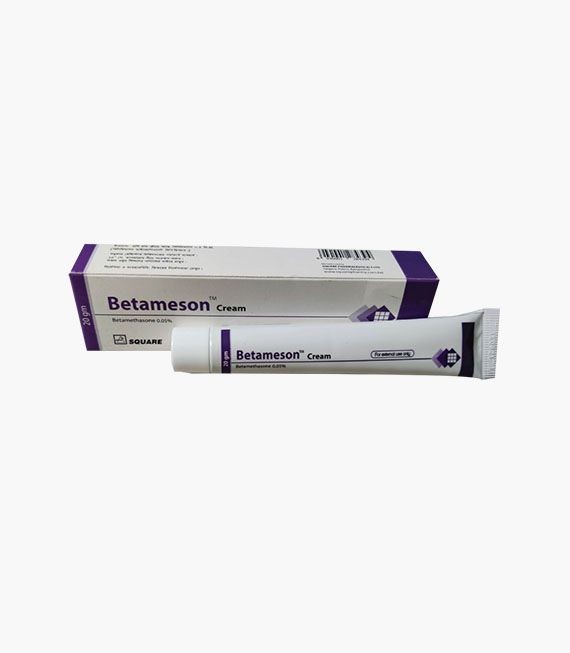
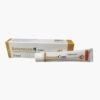
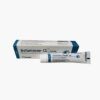

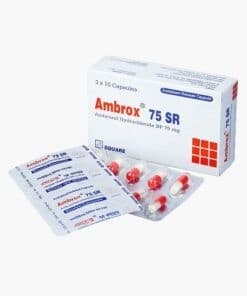

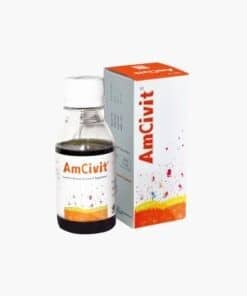
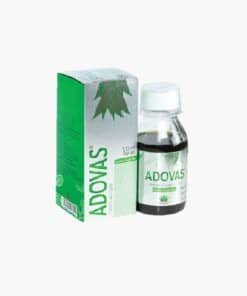
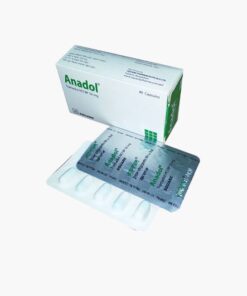
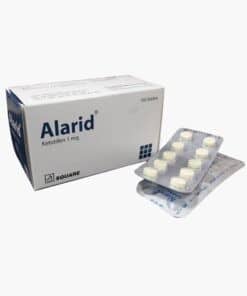
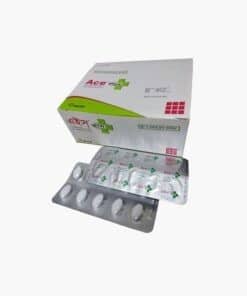
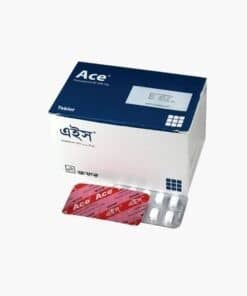
Reviews
There are no reviews yet.